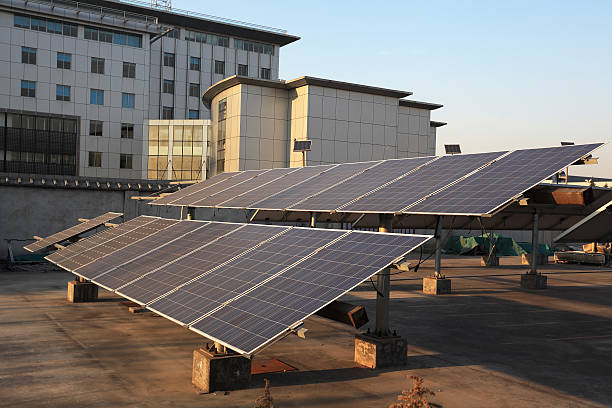Understanding the Impact of Geo-Economics on Industrial Operations
From the early days of industrial development, the economic landscape has been constantly evolving. In recent years, a new factor has emerged that is reshaping the way industries operate: geo-economics. As the interplay of economic activities and geographic location, geo-economics is increasingly influencing the strategies and decisions of business leaders. While it presents a new set of challenges, it also offers a wealth of opportunities for industries looking to leverage their geographic advantage.

The Emergence of Geo-Economics
Geo-economics is not a new concept, but its importance has grown exponentially in the last few decades. The term refers to the integration of economic and geographic information to evaluate business and industrial strategies. It’s about understanding how location and regional attributes affect economic activities and vice versa.
For instance, the rise of Asia as an economic powerhouse has been a significant geo-economic development. The region’s strong economic growth has attracted industries worldwide, creating a shift in global economic power. Similarly, the discovery of shale gas in North America has transformed the energy market and redefined industrial operations in the region.
How Geo-Economics is Reshaping Industries
Geo-economics has profound implications for businesses and industries. For one, it directly impacts the supply chain. Factors such as transportation costs, proximity to markets, and availability of resources can determine the competitiveness of industries.
Moreover, geo-economics can influence policy-making. Governments often design policies based on their geographic advantages or disadvantages. These policies can, in turn, shape the business environment and impact industries.
Finally, geo-economics affects strategic decision-making. Companies often consider geo-economic factors when deciding where to establish operations, which markets to enter, and how to structure their supply chains.
Opportunities and Challenges in the Geo-Economic Landscape
While geo-economics presents significant opportunities, it also poses some challenges. On the one hand, companies can leverage geo-economic advantages to improve their competitiveness. For instance, industries located near abundant resources can benefit from lower production costs.
On the other hand, geo-economic factors can create hurdles. For example, industries in landlocked countries may face higher transportation costs, making them less competitive.
Practical Insights for Navigating Geo-Economics
-
Understand Your Geo-Economic Position: Assess your company’s geo-economic position. Consider factors like proximity to markets, access to resources, and transportation costs.
-
Leverage Geo-Economic Advantages: Identify and exploit your geo-economic advantages. For instance, if you have easy access to key markets, consider focusing on those markets.
-
Mitigate Geo-Economic Risks: Develop strategies to mitigate geo-economic risks. For example, if transportation costs are high, look for ways to streamline your supply chain.
In conclusion, the rise of geo-economics is reshaping the industrial landscape in significant ways. Understanding this interplay between economics and geography is crucial for businesses to navigate the evolving economic terrain. By leveraging their geo-economic advantages and mitigating risks, companies can enhance their competitiveness and drive growth in the new geo-economic era.





